Magna Carta – the great charter of freedoms
Magna Carta actually means “the great charter of freedoms”. The agreement was signed on 15 July 1215 by King John of England. This document was not only revolutionary on paper, but laid the grounds for future protests against the monarchy and is an important symbol of liberty even today, and therefore represents a milestone in British and American democracy.
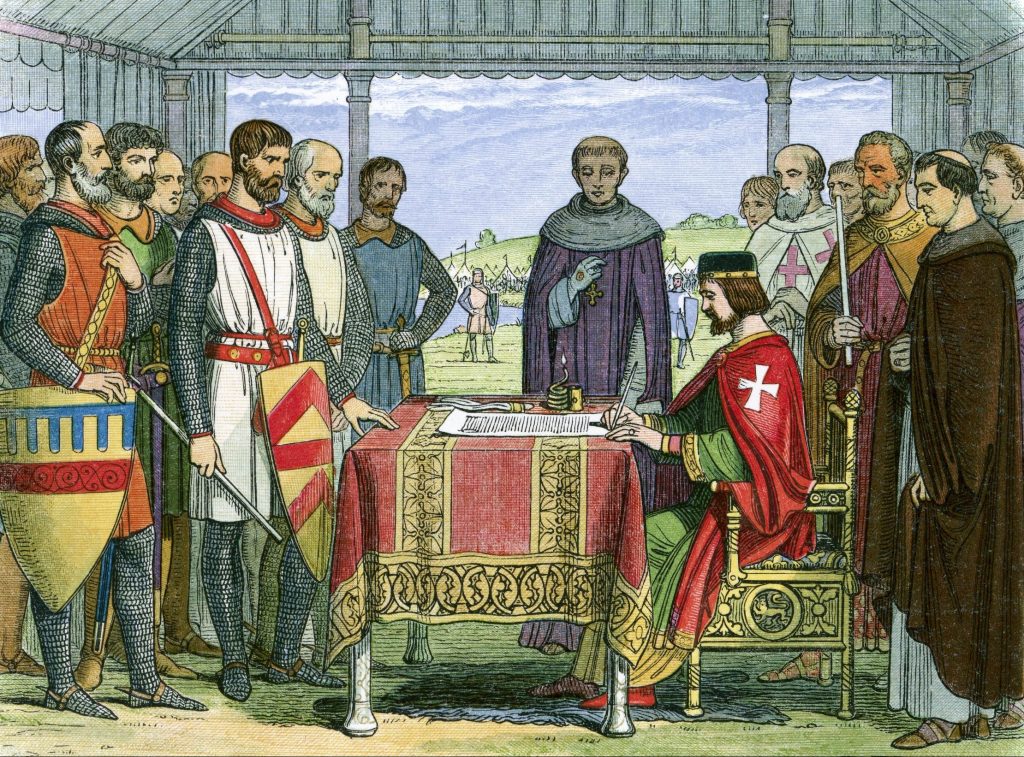
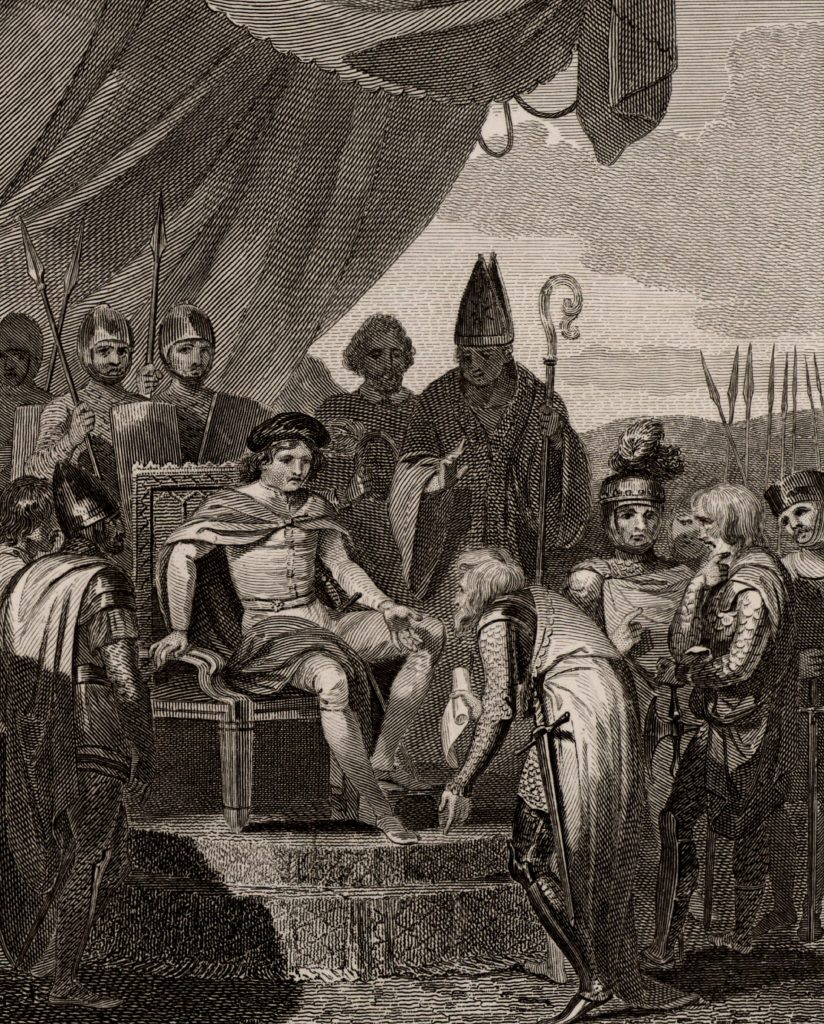
Magna Carta presentert til kong John av England
What is Magna Carta?
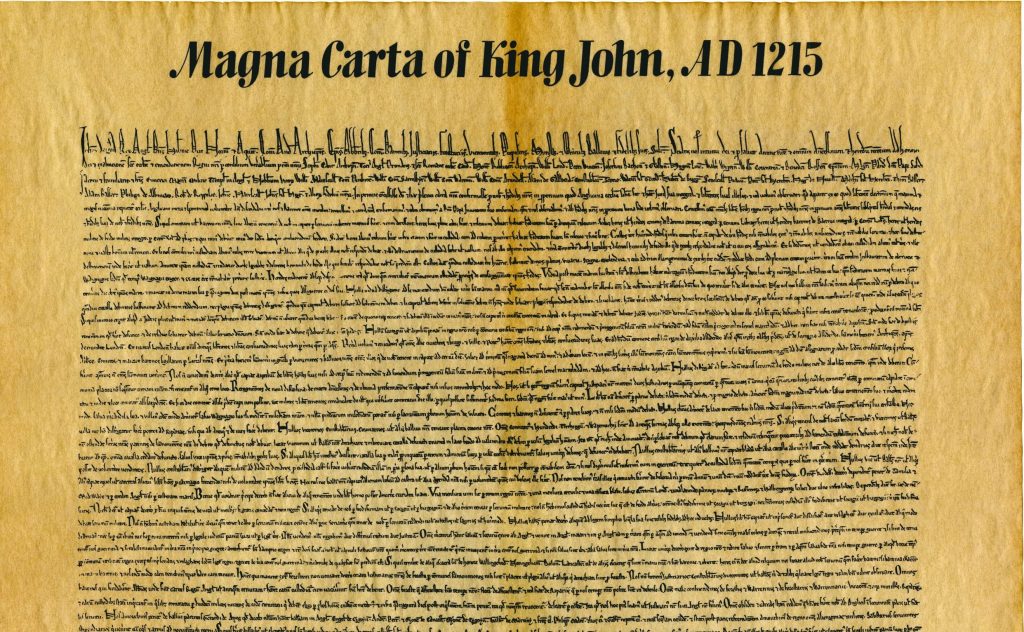
Kopi av Magna Carta
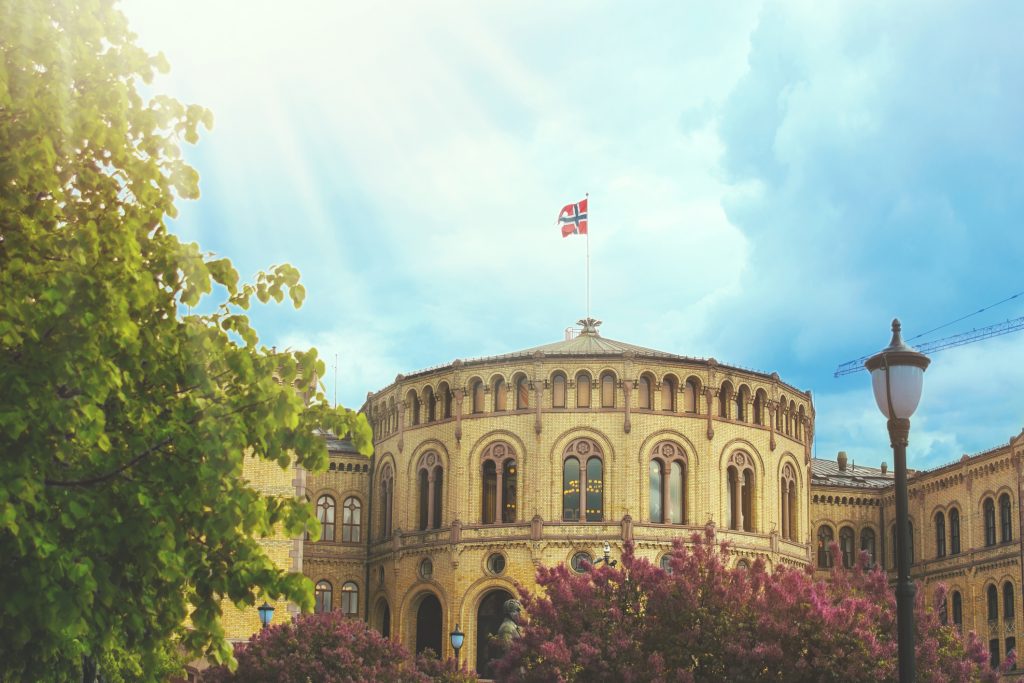
Stortinget, Oslo, Norge
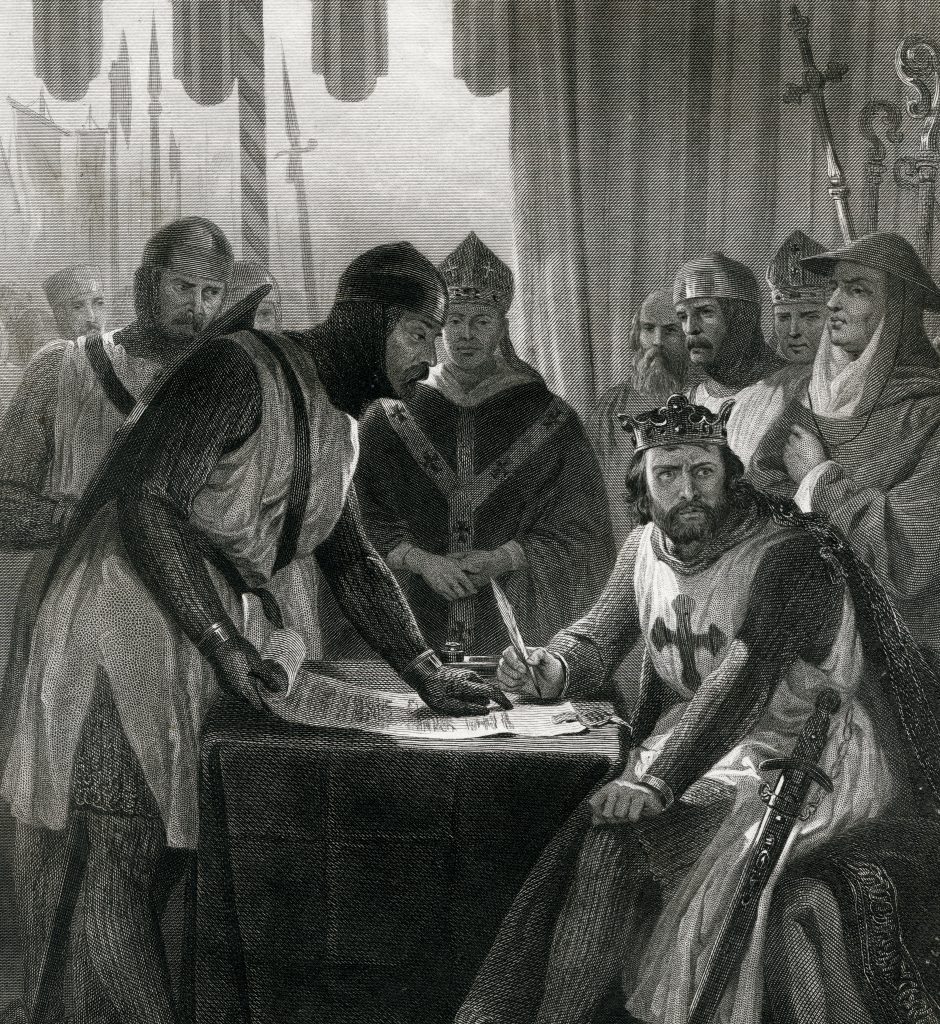
Kong John signerer Magna Carta
Sources:
- Ny vitenskap (2016)
Orage Forlag AS
- British Library (12.05.2020): Magna Carta
https://www.bl.uk/magna-carta
- Wikipedia (12.05.2020): Magna Carta
https://no.wikipedia.org/wiki/Magna_Carta
- The UK Parliament (16.09.2022): The contents of Magna Carta
https://www.parliament.uk/about/living-heritage/evolutionofparliament/originsofparliament/birthofparliament/overview/magnacarta/magnacartaclauses/
- BBC (16.09.2022): Magna Carta unpicked
https://www.bbc.com/news/magazine-19761919
Media Rights:
-
-
Getty Images
-
Getty Images
-
Getty Images
-
Getty Images
-


